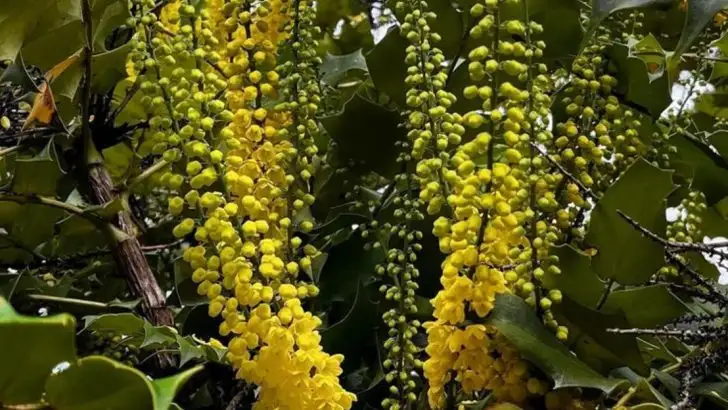While most of the garden fades in winter, some plants wait all year to shine. These evergreens don’t just survive the cold—they steal the spotlight with richer color, bold texture, or dramatic contrast against bare branches and snow.
From blue-tinged conifers to glossy-leaved shrubs and architectural grasses, these 15 plants actually look better in winter than they do in the growing season. They bring structure, calm, and beauty when the rest of the garden is asleep.
In this article, you’ll meet evergreens that offer year-round interest, but truly come alive in the colder months—making your winter garden not just bearable, but breathtaking.
Wintergreen Boxwood
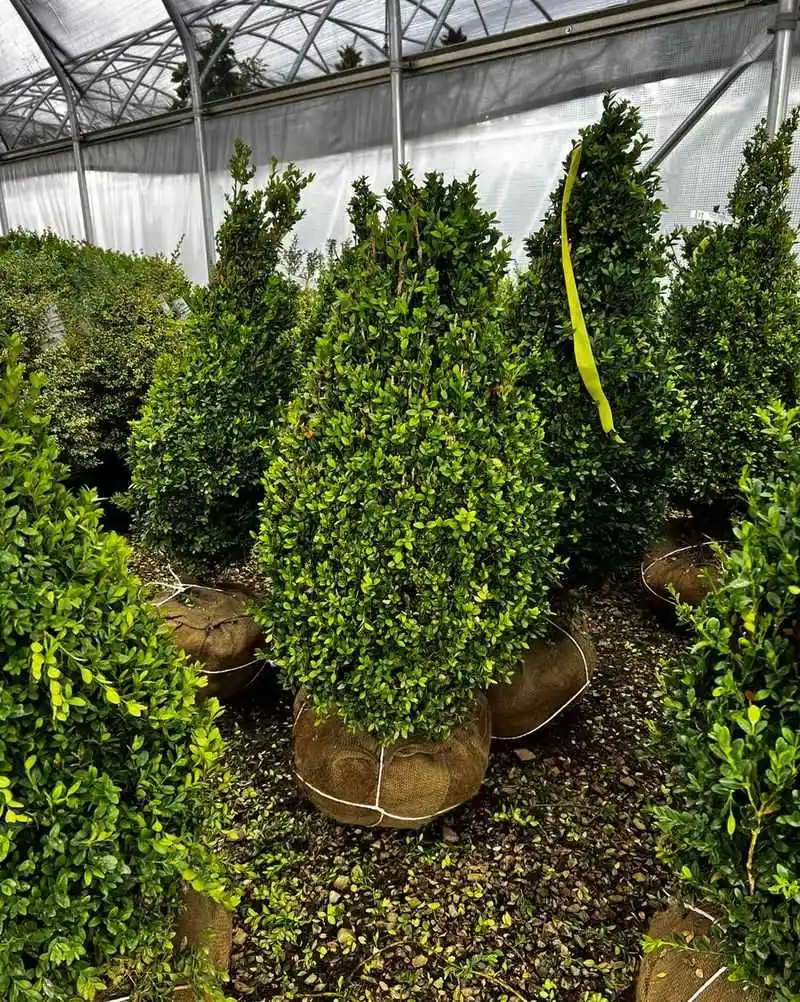
The Wintergreen Boxwood, known for its ability to retain lush greenery in frigid climates, stands out beautifully against a snowy backdrop. Its compact, rounded form and dense foliage act as a natural sculpture in a winter garden. During colder months, the leaves’ deep emerald hue intensifies, offering a stark contrast to the starkness of the season. This hardy plant requires minimal maintenance, making it a favorite for those who prefer their gardens to thrive without constant attention. Its aesthetic appeal is matched by its practicality, serving as a windbreak or privacy screen.
Blue Spruce
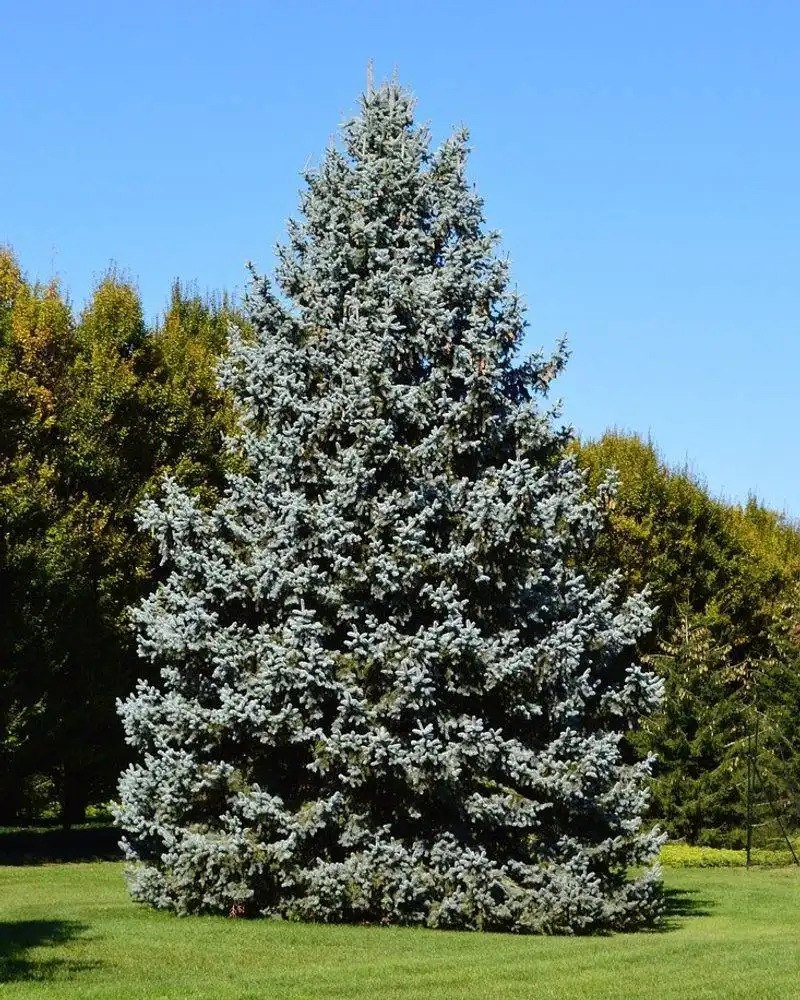
The Blue Spruce captivates with its striking blue-green needles that shimmer with a silvery hue under the winter sun. This conifer’s robust structure and unique coloration provide visual interest during the dullest months. Often used as a focal point in landscapes, its pyramidal shape and strong branches withstand heavy snowfalls, aiding its ornamental appeal. The tree’s vibrant color and resilience make it a symbol of endurance, standing tall amidst winter’s challenges. Perfect for adding an architectural dimension to gardens, it’s a tree that commands attention.
Holly

Holly bushes, adorned with glossy leaves and vivid red berries, become a natural ornament in the winter garden. The berries’ bright contrast against the deep green foliage brings festive cheer to the chilly months. Known historically as symbols of protection and prosperity, hollies are steeped in folklore and tradition. Their thorny leaves and colorful berries not only enhance winter landscapes but also offer sanctuary to wintering birds. As an iconic emblem of the season, holly adds both beauty and historical depth to any garden setting.
Firethorn (Pyracantha)

Firethorn, or Pyracantha, transforms winter scenes with its explosion of vibrant orange-red berries. These clusters offer a fiery contrast to the muted tones of the season, serving as a feast for the eyes and for birds. Its thorny branches are also practical, providing security when planted as a hedge. This plant’s resilience and showy presence make it a striking addition to any garden, adding both color and protection. As temperatures drop, the berries maintain their bold hue, ensuring the garden remains lively and inviting.
Camellia
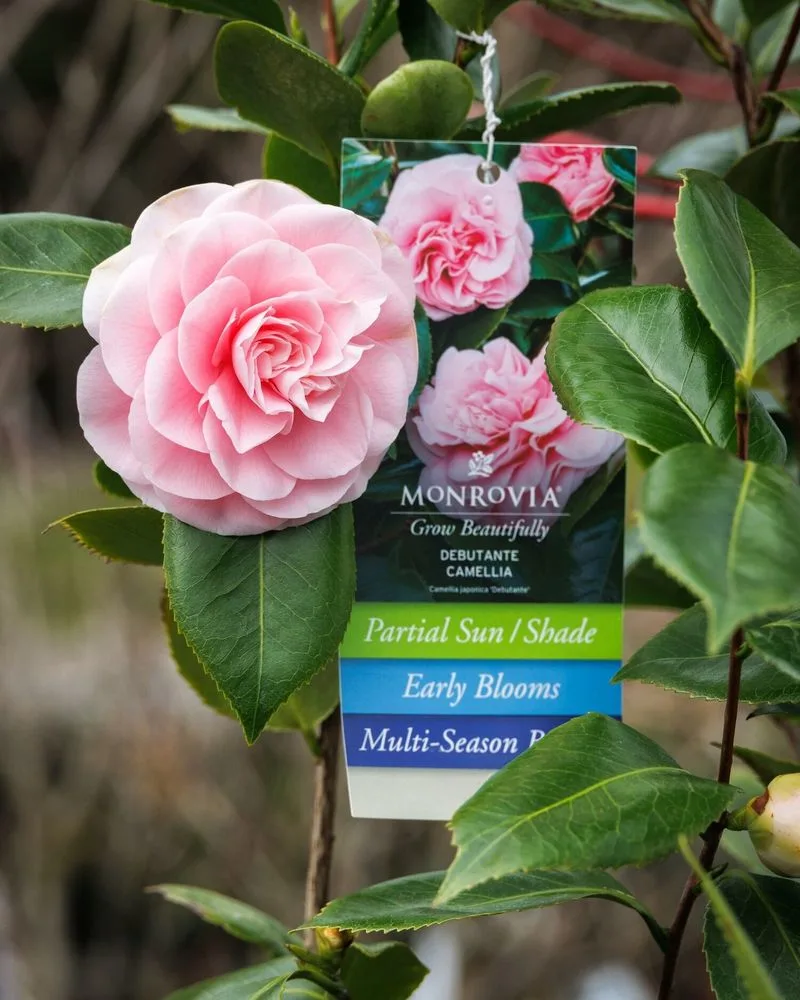
In winter, Camellias surprise with their delicate blooms, bursting forth in shades ranging from white to deep red. The juxtaposition of these vibrant petals against snow-covered ground creates a surreal beauty that captivates the senses. Known as the ‘Queen of Winter Flowers’, their evergreen leaves and striking blooms bring elegance to otherwise barren landscapes. Their ability to flower during the cold months has made them a cherished choice for winter gardens, offering both visual delight and fragrant charm.
Mahonia
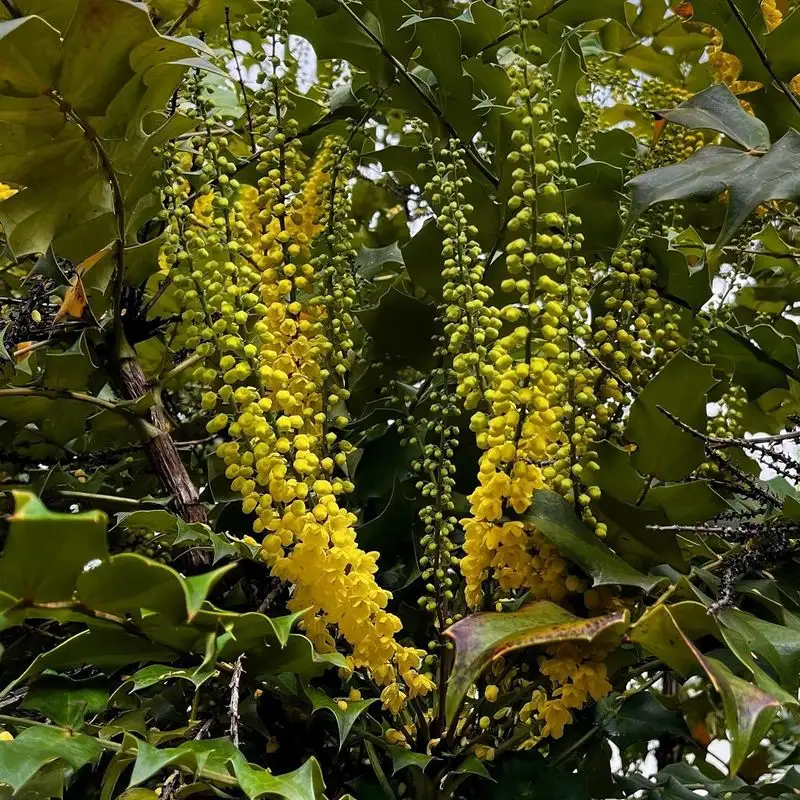
Mahonia’s dramatic foliage, reminiscent of holly, adds an exotic flair to winter gardens. Its spiky leaves stand out with a leathery texture that remains vibrant throughout the season. Come winter, it produces clusters of bright yellow flowers, later turning into deep blue berries. This display not only provides visual interest but also serves as a valuable food source for wildlife. The plant’s aromatic flowers and architectural form ensure that Mahonia is both a practical and stunning choice for gardeners seeking winter interest.
Heavenly Bamboo (Nandina)
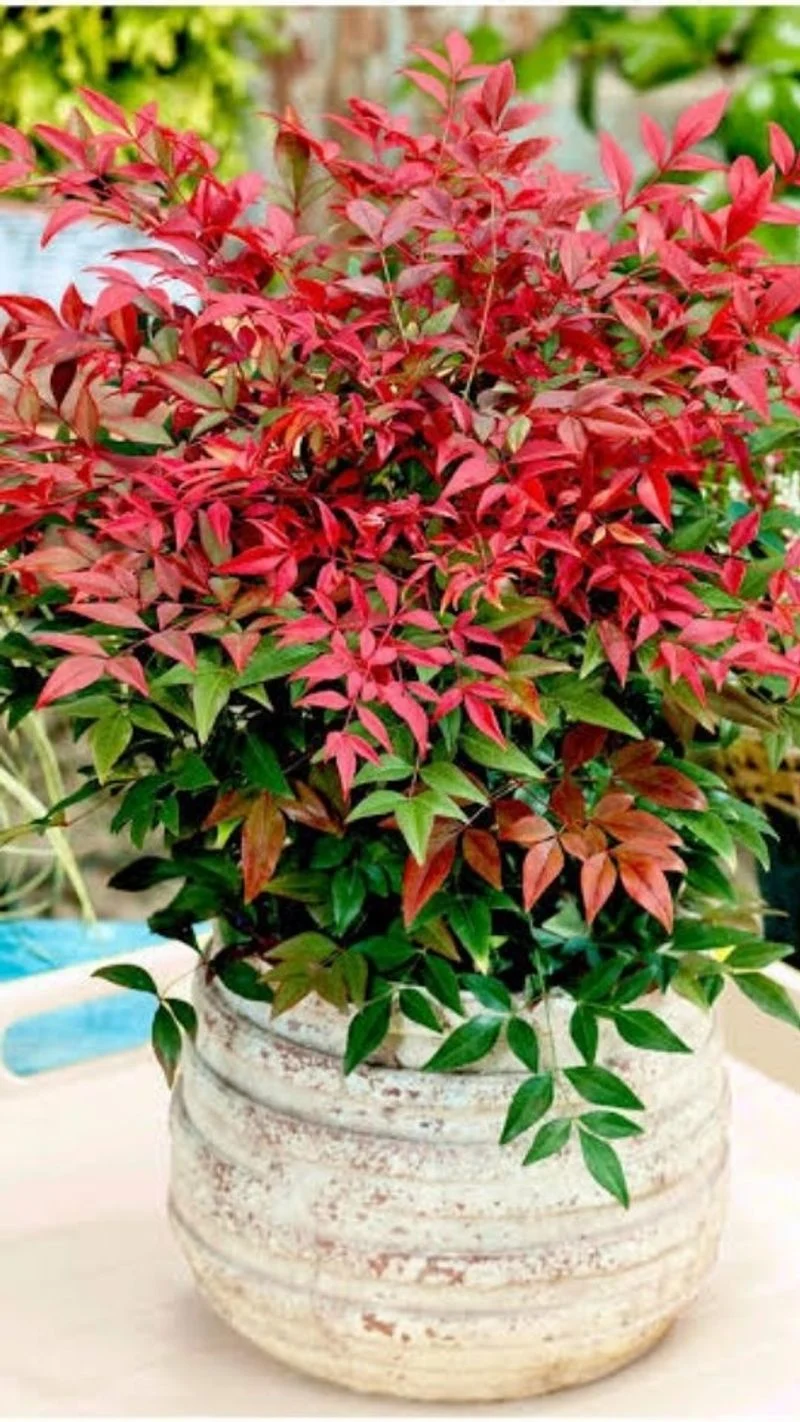
Heavenly Bamboo, or Nandina, is a versatile plant cherished for its colorful winter transformation. Although not a true bamboo, its upright growth and fine leaves resemble bamboo canes. In winter, the foliage turns a striking red, complemented by clusters of bright red berries. This seasonal change adds warmth and depth to any garden. Its adaptability to various climates and conditions makes Nandina an essential component of a winter landscape, providing lasting visual interest and a splash of color through the cold months.
Juniper
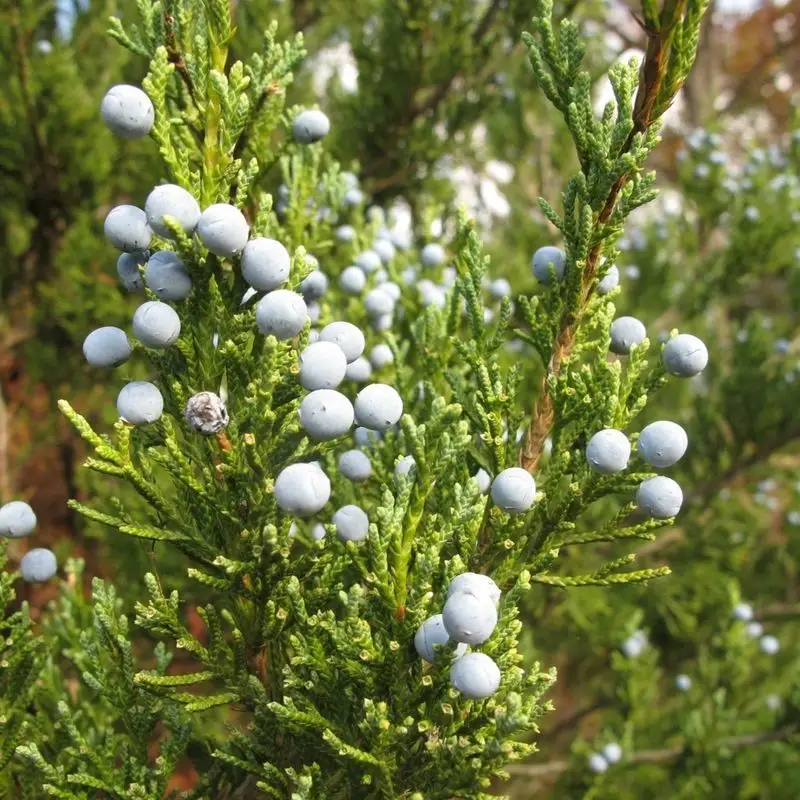
Junipers are known for their versatility and striking winter presence, with foliage that ranges from silver-blue to vibrant green. Their dense, aromatic foliage and small berries provide a multi-sensory experience, enhancing the garden’s texture. These conifers maintain their structure and color throughout winter, offering both vertical interest and ground cover options. Popular in diverse garden settings, Junipers can serve as standalone focal points or integrate seamlessly into larger landscapes, providing continuity and color even in the coldest months.
Mountain Laurel
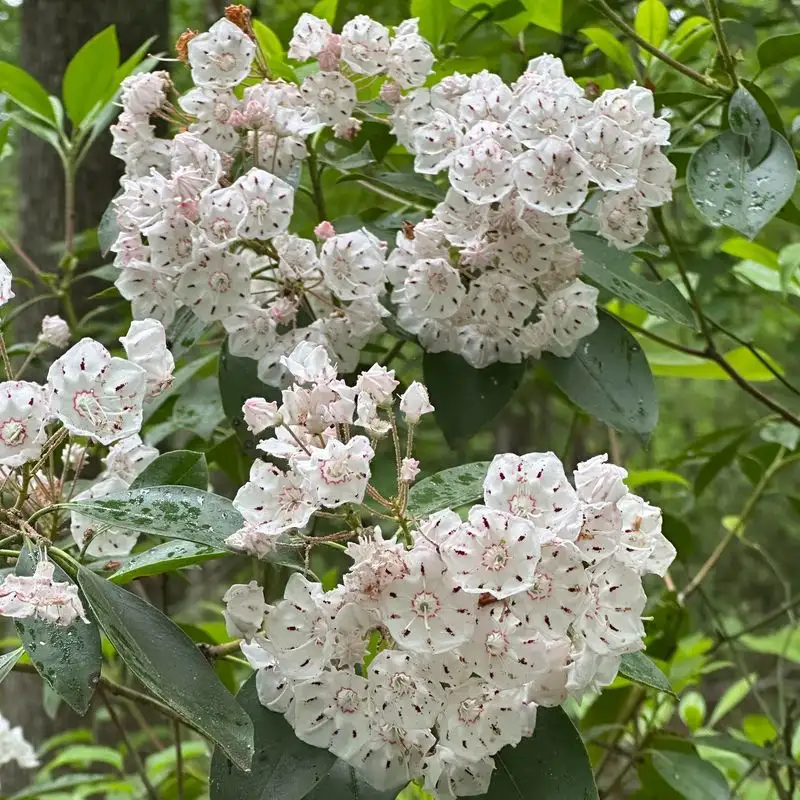
Mountain Laurel offers year-round beauty with its glossy, dark green leaves that persist through winter. Known for its exquisite spring blossoms, in winter, the plant maintains a stately presence with its dense foliage. The plant’s adaptability to various conditions and its resistance to deer make it a gardener’s favorite. Its unique twisted branches add an architectural element to gardens, creating visual interest even when flowers are absent. This evergreen’s enduring beauty and resilience make it a winter garden staple.
Yew

Yew trees provide a touch of elegance with their dark green needles and bright red berries. Their dense foliage creates a rich backdrop, while their berries add splashes of color. Known for their long lifespan and historical significance, yews have been used in gardens and churchyards for centuries. This evergreen’s adaptability to pruning makes it ideal for hedges and topiary. Its ability to thrive in shaded areas ensures it remains a prominent feature in winter gardens, offering both beauty and historical charm.
Snowdrop Tree (Halesia)
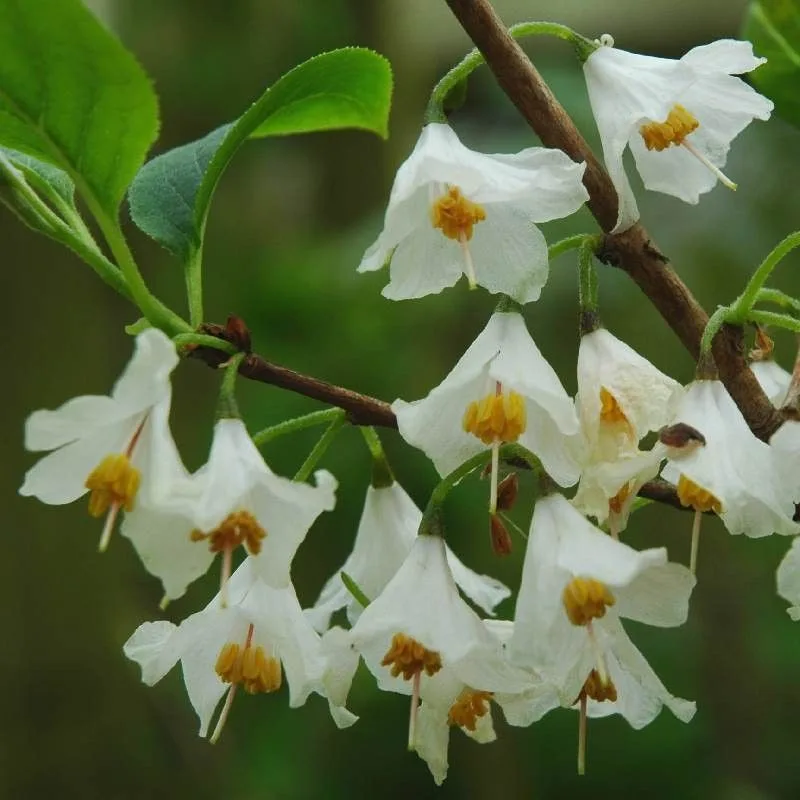
The Snowdrop Tree, or Halesia, captivates with its delicate white blooms that appear in late winter, resembling tiny snowdrops. This enchanting display against snow-laden branches offers a soft elegance to gardens. Its graceful form and ability to bloom in the chillier months make it a prized specimen for winter landscapes. While it’s more understated than many evergreens, its subtle charm and early flowering make it a delightful addition. The Snowdrop Tree symbolizes hope and renewal, standing out beautifully in the winter landscape.
Winter Daphne
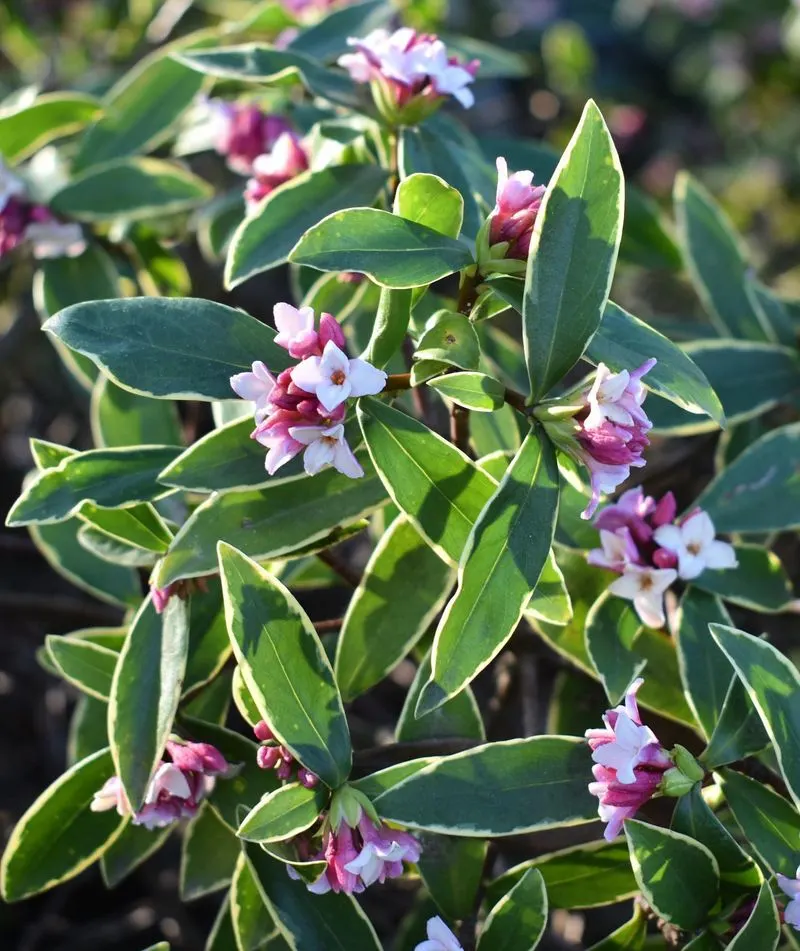
Winter Daphne is cherished for its intoxicating fragrance and pink blooms that brighten the cold season. The clusters of flowers stand out against its dark green leaves, creating a captivating contrast amidst the frost. Known for its challenging growing conditions, once established, it rewards with an unmatched sensory experience. Its scent and beauty during the bleakest months make it a must-have for gardeners seeking to enliven their winter spaces. Winter Daphne’s allure lies in its ability to flourish when most other plants remain dormant.
Cedar
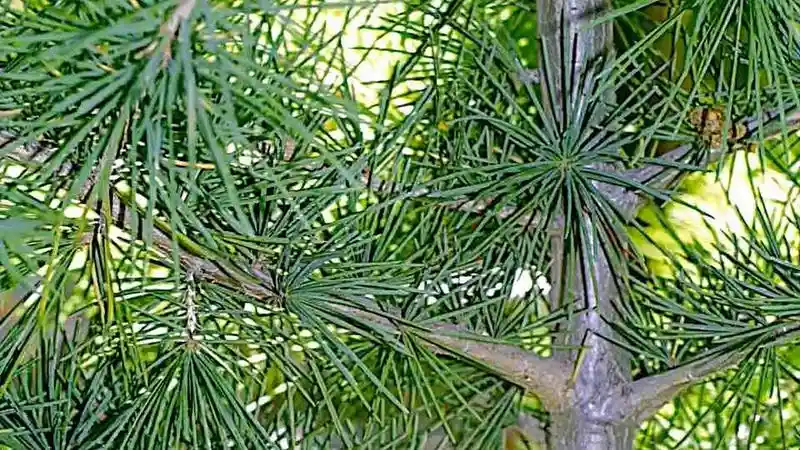
Cedar trees are celebrated for their aromatic wood and majestic stature. Their evergreen needles provide a vivid green backdrop during winter, while their bark adds texture and interest. Cedars are often used as windbreaks and provide habitat for various wildlife. The tree’s longevity and durability symbolize strength, making it a stalwart presence in winter gardens. Its ability to endure harsh winters without losing its verdant vibrancy ensures it remains a central figure in landscapes, admired for both its beauty and utility.
Box-leaved Honeysuckle (Lonicera nitida)
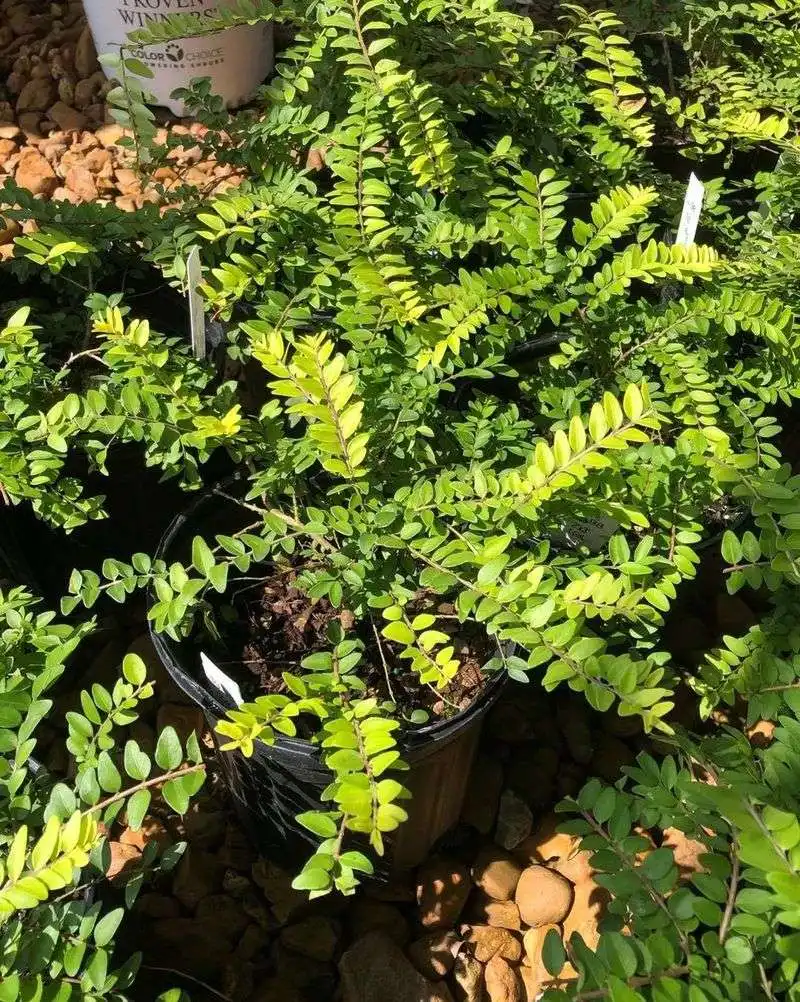
Box-leaved Honeysuckle, or Lonicera nitida, is admired for its small, box-like leaves that hold their vibrant green throughout winter. This dense shrub is perfect for hedging, offering structure and form to gardens when most plants retreat. Its low-maintenance nature and versatility in shaping make it a favorite for formal gardens. Despite its diminutive leaves, the plant’s ability to withstand cold weather ensures it remains a key player in winter landscapes. Its understated elegance adds consistency and form to any garden.
Euonymus
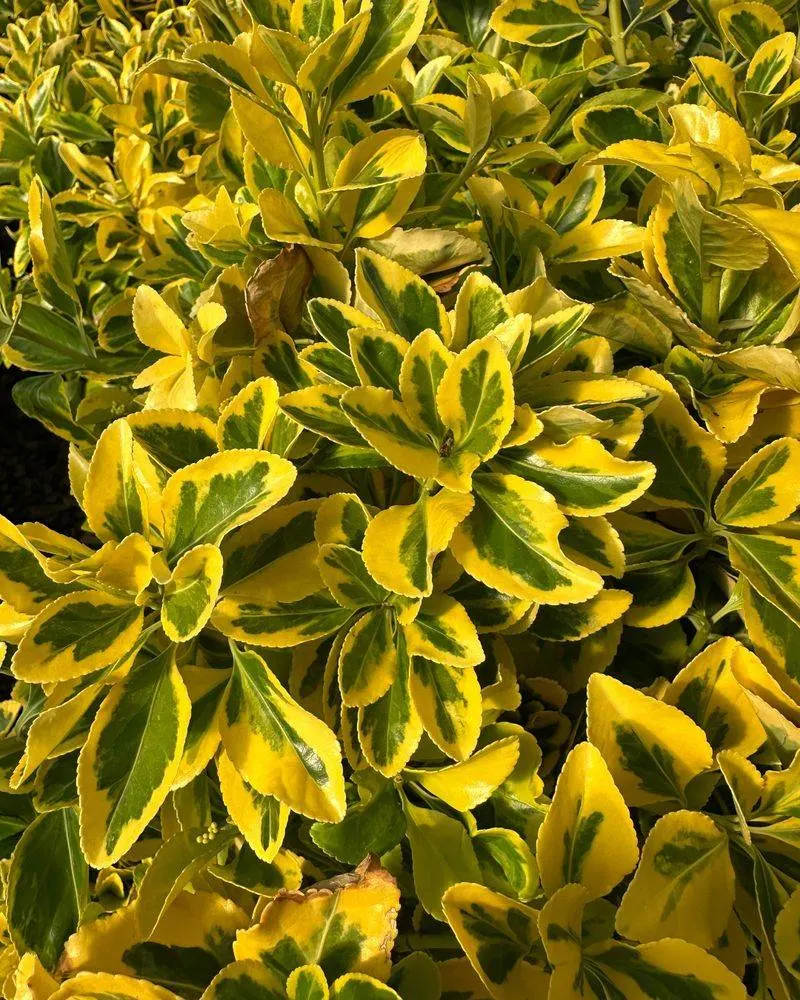
Euonymus stands out with its variegated foliage, offering a splash of color even during the coldest months. The mix of green and white leaves creates a striking visual against a wintery backdrop. Its hardy nature means it can thrive in various conditions, making it a versatile choice for gardeners. Used as ground cover or in hedges, Euonymus maintains its ornamental appeal year-round. Its adaptability and striking appearance ensure that it remains a valued addition to any winter garden.

